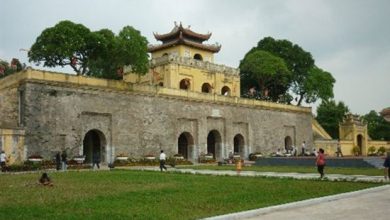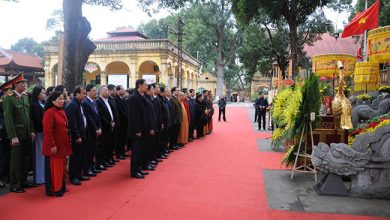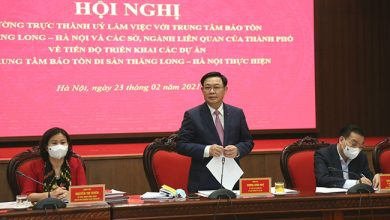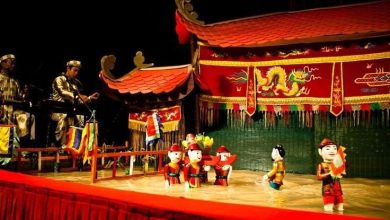Connecting the Vietnam Military History Museum and Thăng Long Imperial Citadel Heritage Site
On 19 May 2017, the Thăng Long – Hà Nội Heritage Conservation Centre and the Vietnam Military History Museum jointly opened a connecting passage between the two sites, which is expected to facilitate visitor reception and service and thus promoting shared tour packages.

Group photo: Representatives of the Centre and the Museum celebrating the milestone event.
Gone are the days of “distant next-door neighbors”
Vietnam Military History Museum and Thăng Long Imperial Citadel for a long time were close neighbors physically separated by a wall. Visitors to one site usually could only stand and look on to the other mainly because of the inconvenience of entrance, even though the Flag Tower in the museum is actually part and parcel of the imperial citadel and the citadel, in return, still retains a large number of valuable objects related to work of the Ministry of Defence, Central Military Commission and the People’s Army during the American War.
Vietnam Military History Museum is one of the six national level museums and a leader in the army museum system. Founded on 17 July 1956, the museum is now home to dozens of thousands of objects, many of which are extremely precious, such as the four national treasures namely Aircraft MIC 21 coded 4324; Aircraft MIC 21 coded 5121, the Map of Determination about the Hồ Chí Minh Campaign, and Tank T54B coded 843.
The exhibitions of the museum introduce to the public thousands of objects, images, supporting documents, documentaries, models that summarize the military history of Vietnam throughout the course of thousand years. These objects are categorized into different themes such as Heroic Vietnamese Mothers, the Heroic Vietnamese Nation, the Heroic People’s Army of Vietnam, the History of the People’s Army of Vietnam, Weaponry, weapon-making tools of Vietnam, Global Support for Vietnam’s Resistance Wars, and the Relations between the People’s Army of Vietnam and other countries’ armies. This is also the only museum in Vietnam that introduces outdoor exhibition of large-sized objects, weapons and military vehicles of both Vietnam and its adversaries. Foreign visitors normally pay a lot of attention to major battles like the Điện Biên Phủ Victory and the Hồ Chí Minh Campaign. The Museum currently owns two models of these two massive campaigns with translation and presentation in six different languages.
The Imperial Citadel of Thăng Long was recognized by UNESCO as a World Heritage Site in 2010. This site is of more than 1000 years old and bears many unique archaeological values. The site covers an area of more than 18.3 hectares and is hence capable of accommodating a large volume of visitors. According a survey conducted by French experts, the axis part of the citadel can now receive 5,000 people a day while the adjacent archaeological site can receive up to 1,500 people a day. In fact, on major festivals and red-letter days, Thăng Long Imperial Citadel can admit dozens of thousands of visitors.
Thăng Long Imperial Citadel has become increasingly popular choice of destination for tourists within and beyond Vietnam. It is also chosen as venue for major cultural and tourism events to enhance the visibility of Hanoi and Vietnam. Many of the feature programs organized here have left very good impression on visitors, such as Memories of Hanoi, Hanoi Book Fair, Craft Village Tourism Festival, Sakura Festival, Festival of Áo dài, among others.
With a view to furthering the promotion of heritage value and sustainable development of tourism, Thăng Long – Hà Nội Heritage Conservation Centre has hosted many exhibitions of traditional culture in service of the visiting public. In so doing, the Centre has gradually diversified tourism products, which include the Spring Festival of Thăng Long Imperial Citadel, Celebrating Mid-Autumn Festival, The Little Archaeologists, so on and so forth.
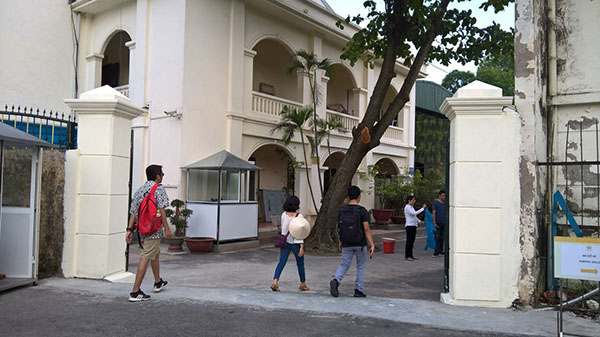
The connecting passage
As a major tourist attraction, the Museum welcomes an annual number of 300,000 arrivals of visitors. In recent years, Thăng Long Imperial Citadel has also witnessed a rapid increase in the number of tourists that promises huge opportunities for tourism development. Therefore, the establishment of a connecting passage is expected not only to put an end to the issue of “distant next-door neighbors” but also open a new opportunities for cooperation and sustainable development along the line of improved tourist service and satisfaction.
Cooperation for mutual development
So far, certain institutions have also joined hands and shared experience in professional activities such as holding joint exhibitions and connecting the places of interest. Such efforts, however, have been mostly spontaneous without consistent instructions and guidance.
Recently, 17 museums and scenic spots have signed a memorandum of understanding in order to improve the effectiveness of communications and visibility. They vowed to support one another and build on their strengths in the conservation and promotion of national cultural values.
This initiative was lauded by the Ministry of Culture, Sports and Tourism and was well-received by the participating institutions. Addressing the signing ceremony, Vice Minister Đặng Thị Bích Liên said: “One of the hindrances to effective activities in the past was the fact of each doing his own job solitarily. Therefore, the signing of this MOU will pave the way for mutual support and exchange experience and good practices, thereby creating the synergy needed for the attainment of the ultimate goal of better service of the visitors, Vietnamese and foreign alike”.
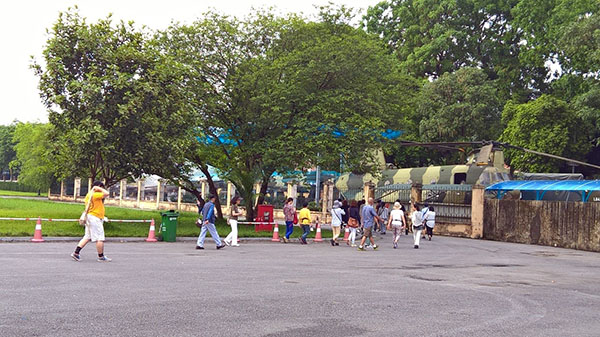
Visitors to the Vietnam Military History Museum can now easily visit Thăng Long Imperial Citadel and vice versa.
The creation of a connecting passage between Vietnam Military History Museum and Thăng Long Imperial Citadel has helped to remove the long-existing separation and is expected to lead to a significant increase in the number of tourists to both sites. This connection will also facilitate future joint activities in exhibitions and partnership with travel agents, ultimately for the sake of tourists to the site.
Kim Yến
Thăng Long – Hà Nội Heritage Conservation Centre

